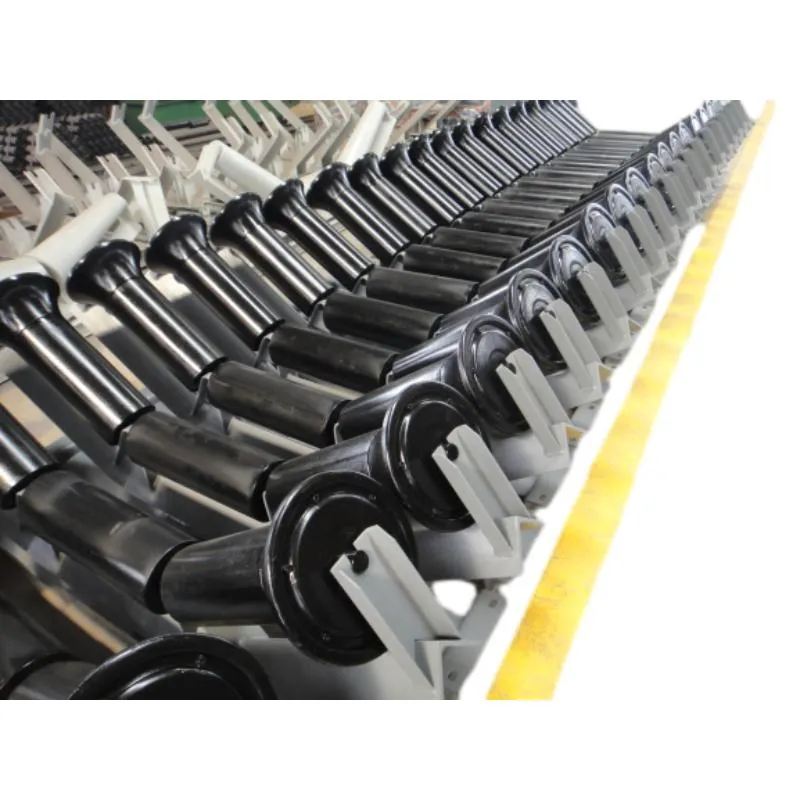 Afrikaans
Afrikaans  Albanian
Albanian  Amharic
Amharic  Arabic
Arabic  Armenian
Armenian  Azerbaijani
Azerbaijani  Basque
Basque  Belarusian
Belarusian  Bengali
Bengali  Bosnian
Bosnian  Bulgarian
Bulgarian  Catalan
Catalan  Cebuano
Cebuano  Corsican
Corsican  Croatian
Croatian  Czech
Czech  Danish
Danish  Dutch
Dutch  English
English  Esperanto
Esperanto  Estonian
Estonian  Finnish
Finnish  French
French  Frisian
Frisian  Galician
Galician  Georgian
Georgian  German
German  Greek
Greek  Gujarati
Gujarati  Haitian Creole
Haitian Creole  hausa
hausa  hawaiian
hawaiian  Hebrew
Hebrew  Hindi
Hindi  Miao
Miao  Hungarian
Hungarian  Icelandic
Icelandic  igbo
igbo  Indonesian
Indonesian  irish
irish  Italian
Italian  Japanese
Japanese  Javanese
Javanese  Kannada
Kannada  kazakh
kazakh  Khmer
Khmer  Rwandese
Rwandese  Korean
Korean  Kurdish
Kurdish  Kyrgyz
Kyrgyz  Lao
Lao  Latin
Latin  Latvian
Latvian  Lithuanian
Lithuanian  Luxembourgish
Luxembourgish  Macedonian
Macedonian  Malgashi
Malgashi  Malay
Malay  Malayalam
Malayalam  Maltese
Maltese  Maori
Maori  Marathi
Marathi  Mongolian
Mongolian  Myanmar
Myanmar  Nepali
Nepali  Norwegian
Norwegian  Norwegian
Norwegian  Occitan
Occitan  Pashto
Pashto  Persian
Persian  Polish
Polish  Portuguese
Portuguese  Punjabi
Punjabi  Romanian
Romanian  Russian
Russian  Samoan
Samoan  Scottish Gaelic
Scottish Gaelic  Serbian
Serbian  Sesotho
Sesotho  Shona
Shona  Sindhi
Sindhi  Sinhala
Sinhala  Slovak
Slovak  Slovenian
Slovenian  Somali
Somali  Spanish
Spanish  Sundanese
Sundanese  Swahili
Swahili  Swedish
Swedish  Tagalog
Tagalog  Tajik
Tajik  Tamil
Tamil  Tatar
Tatar  Telugu
Telugu  Thai
Thai  Turkish
Turkish  Turkmen
Turkmen  Ukrainian
Ukrainian  Urdu
Urdu  Uighur
Uighur  Uzbek
Uzbek  Vietnamese
Vietnamese  Welsh
Welsh  Bantu
Bantu  Yiddish
Yiddish  Yoruba
Yoruba  Zulu
Zulu v belt idler pulley
Understanding V-Belt Idler Pulleys A Comprehensive Guide
V-belt systems play a pivotal role in various mechanical applications, ranging from automotive engines to industrial machinery. Among the crucial components of these systems is the idler pulley, which helps optimize performance and extend the lifespan of the belts. This article delves into the significance of V-belt idler pulleys, their functions, types, and maintenance tips.
What is a V-Belt Idler Pulley?
A V-belt idler pulley is a wheel or disk with a grooved rim that acts as a tensioning device in a V-belt drive system. Unlike other pulleys in the system that primarily transfer power, idler pulleys do not drive any loads. Instead, their primary function is to maintain proper tension on the V-belts, minimize slack, and guide the belt's path, ensuring efficient power transmission.
The Importance of Idler Pulleys
Idler pulleys serve multiple important functions within a V-belt drive system
1. Tension Maintenance Proper tension is crucial in any belt drive system. If a V-belt is too loose, it can slip, leading to inefficient power transfer. Conversely, if it is too tight, it can cause excessive wear and potentially damage the bearings and other components. Idler pulleys help maintain the ideal tension, prolonging the life of the belt and associated parts.
2. Belt Alignment Correct alignment of belts is essential for optimal performance. Idler pulleys assist in guiding V-belts along the correct path, preventing misalignment that can cause wear, noise, and vibration.
3. Reduces Belt Wear By maintaining proper tension and alignment, idler pulleys help to reduce friction and wear on the V-belts, thereby extending their service life.
4. Noise and Vibration Dampening Idler pulleys can help absorb vibrations and reduce noise generated by running belts, leading to quieter operation of machinery.
Types of V-Belt Idler Pulleys
Idler pulleys can be categorized based on their design and functionality
v belt idler pulley

1. Fixed Idler Pulleys These are stationary and maintain a consistent tension throughout the operation. They are often used in simple drive systems.
2. Adjustable Idler Pulleys These allow for tension adjustments, enabling fine-tuning of belt tightness. They are beneficial in systems where belt stretch is a concern over time.
3. Spring-Tensioned Idler Pulleys Incorporating a spring mechanism, these pulleys automatically adjust the tension as needed, thereby maintaining optimal performance without manual intervention.
Maintenance Tips for Idler Pulleys
To ensure longevity and reliability, follow these maintenance tips for V-belt idler pulleys
1. Regular Inspection Regularly check the idler pulleys for signs of wear, such as cracks or grooves. Early detection of wear can prevent costly failures.
2. Proper Alignment Ensure that the idler pulleys are aligned correctly with other pulleys in the system. Misalignment can lead to increased wear on the belts.
3. Cleanliness Keep the pulleys free from dirt, dust, and grease, which can interfere with their operation and contribute to premature wear.
4. Lubrication If applicable, periodically lubricate the bearings of the idler pulleys to reduce friction and prevent overheating.
5. Belt Check Regularly inspect the V-belts themselves for signs of fraying or damage, as a worn belt can significantly impact the performance of the idler pulley.
Conclusion
V-belt idler pulleys are essential components that contribute significantly to the efficiency and longevity of belt drive systems. By understanding their functions and importance, and observing proper maintenance practices, users can ensure optimal performance and reliability in their mechanical applications. Whether in automotive use or industrial machinery, attention to idler pulleys can maximize productivity and minimize downtime.
-
Revolutionizing Conveyor Reliability with Advanced Rubber Lagging PulleysNewsJul.22,2025
-
Powering Precision and Durability with Expert Manufacturers of Conveyor ComponentsNewsJul.22,2025
-
Optimizing Conveyor Systems with Advanced Conveyor AccessoriesNewsJul.22,2025
-
Maximize Conveyor Efficiency with Quality Conveyor Idler PulleysNewsJul.22,2025
-
Future-Proof Your Conveyor System with High-Performance Polyurethane RollerNewsJul.22,2025
-
Driving Efficiency Forward with Quality Idlers and RollersNewsJul.22,2025





























